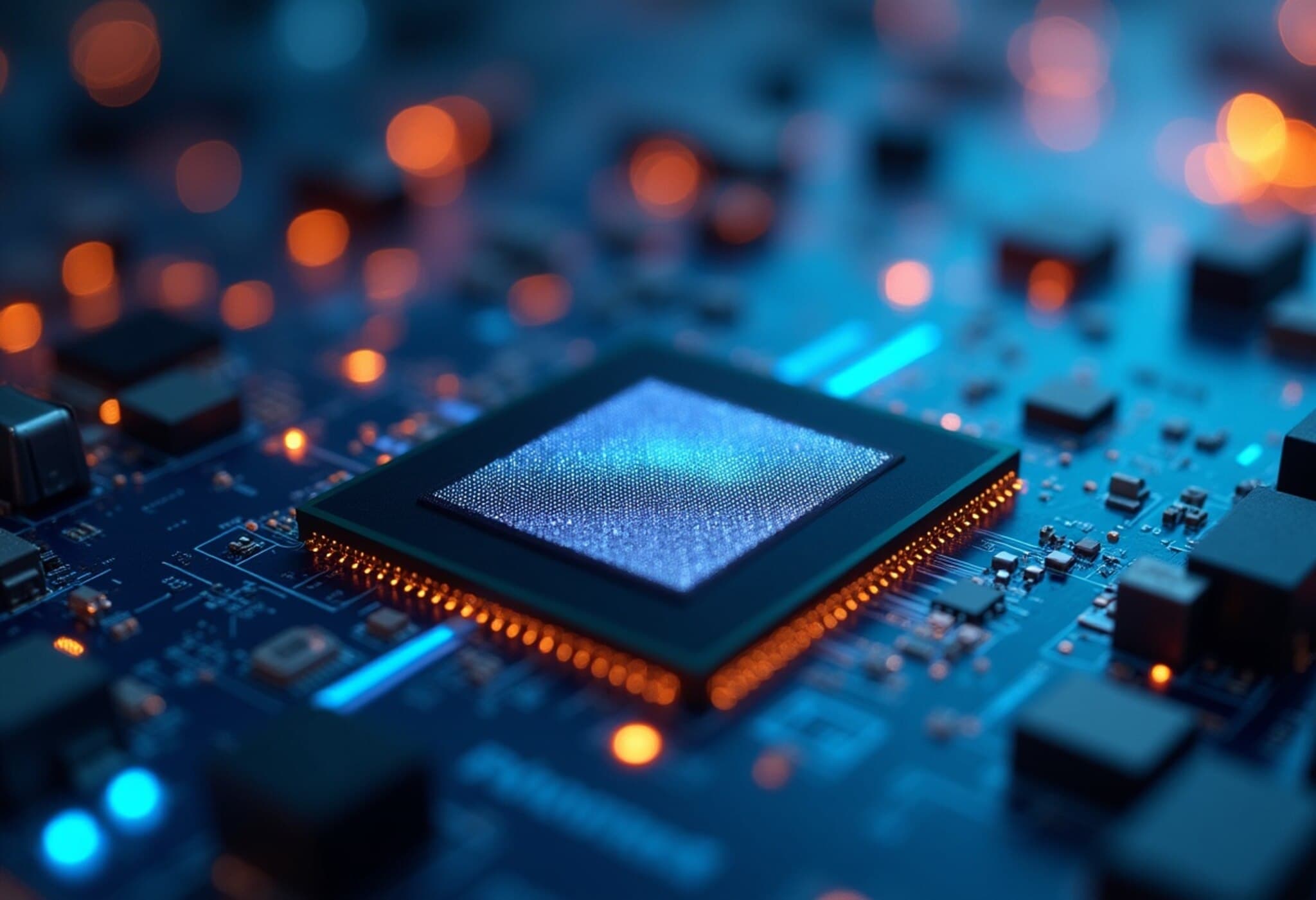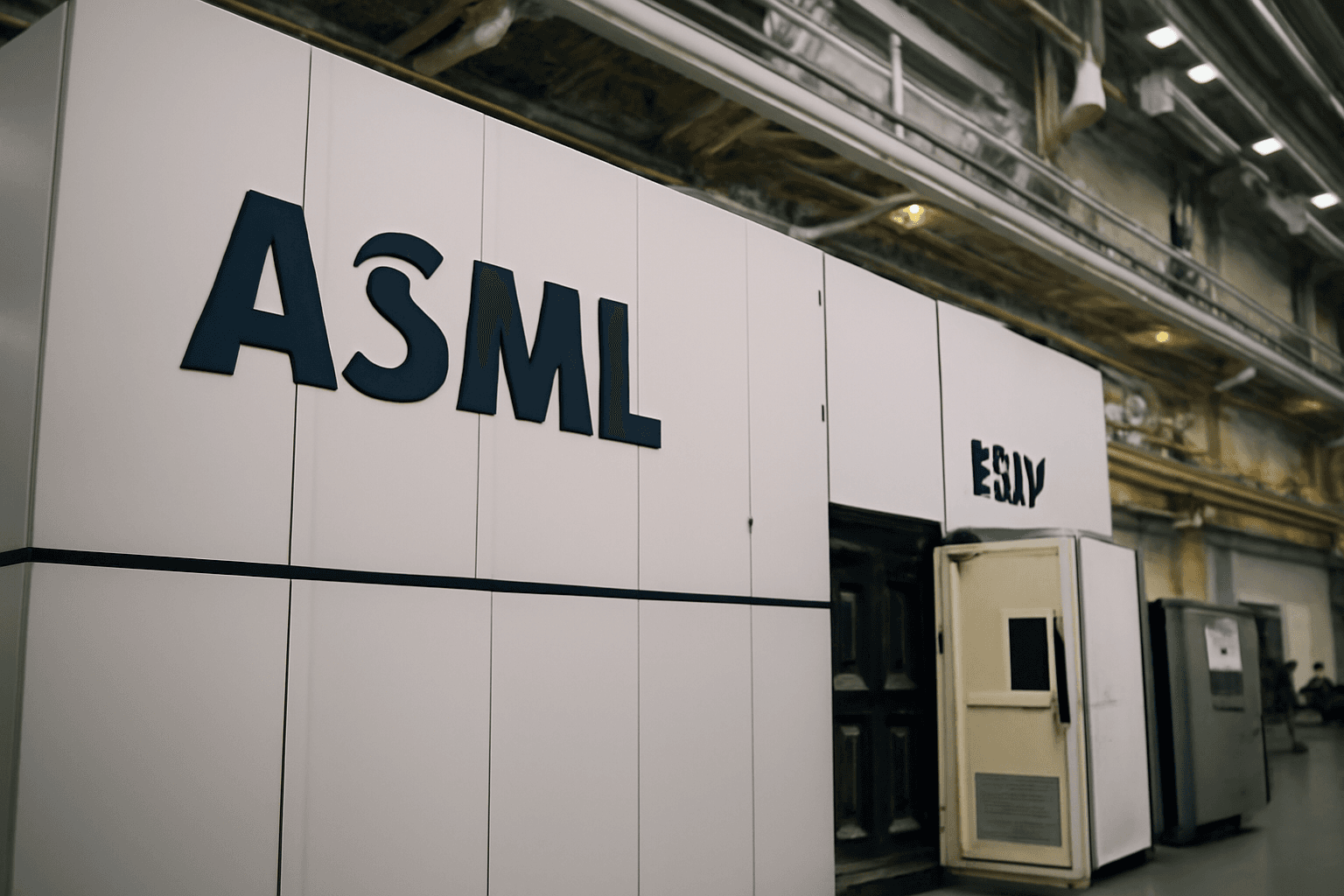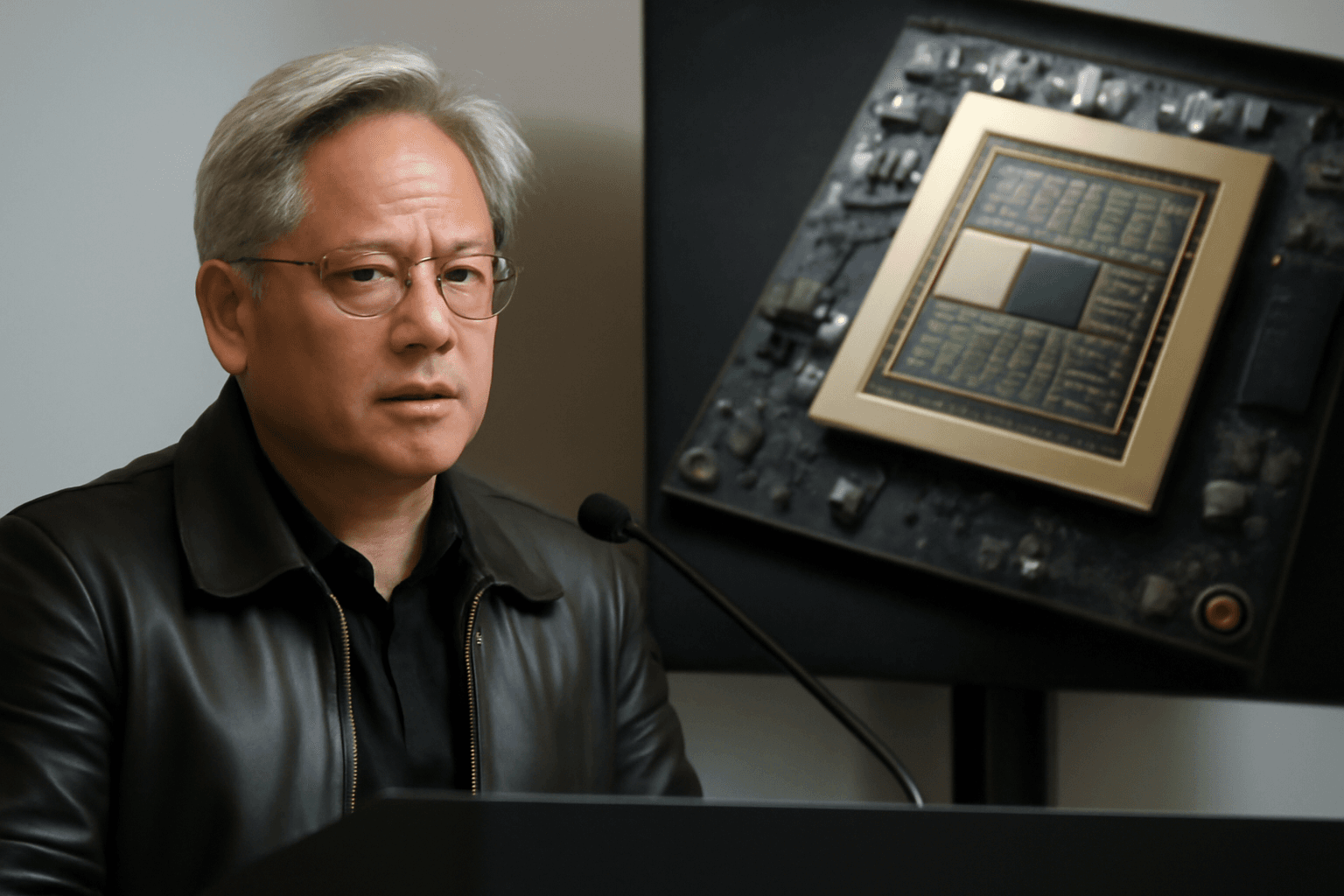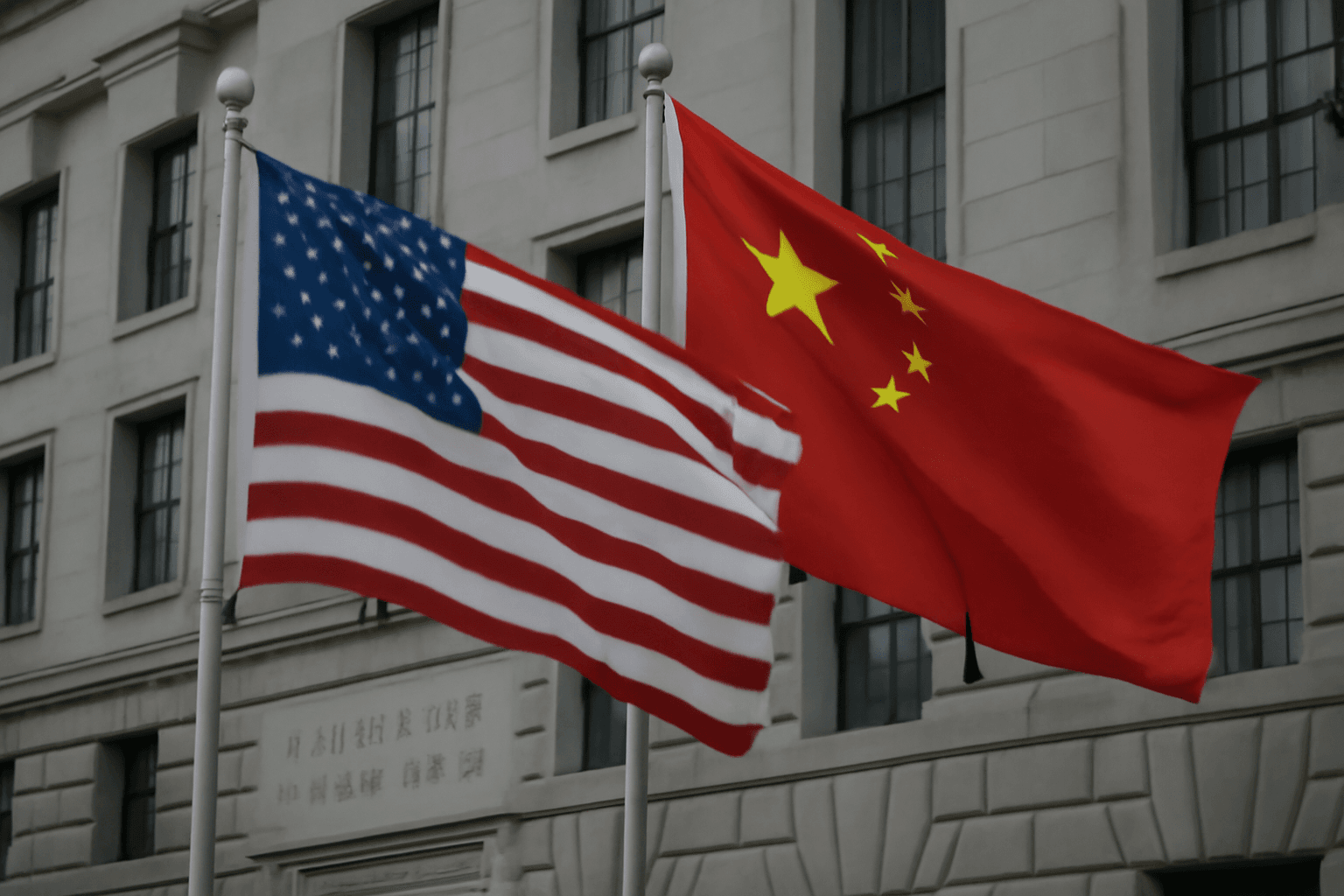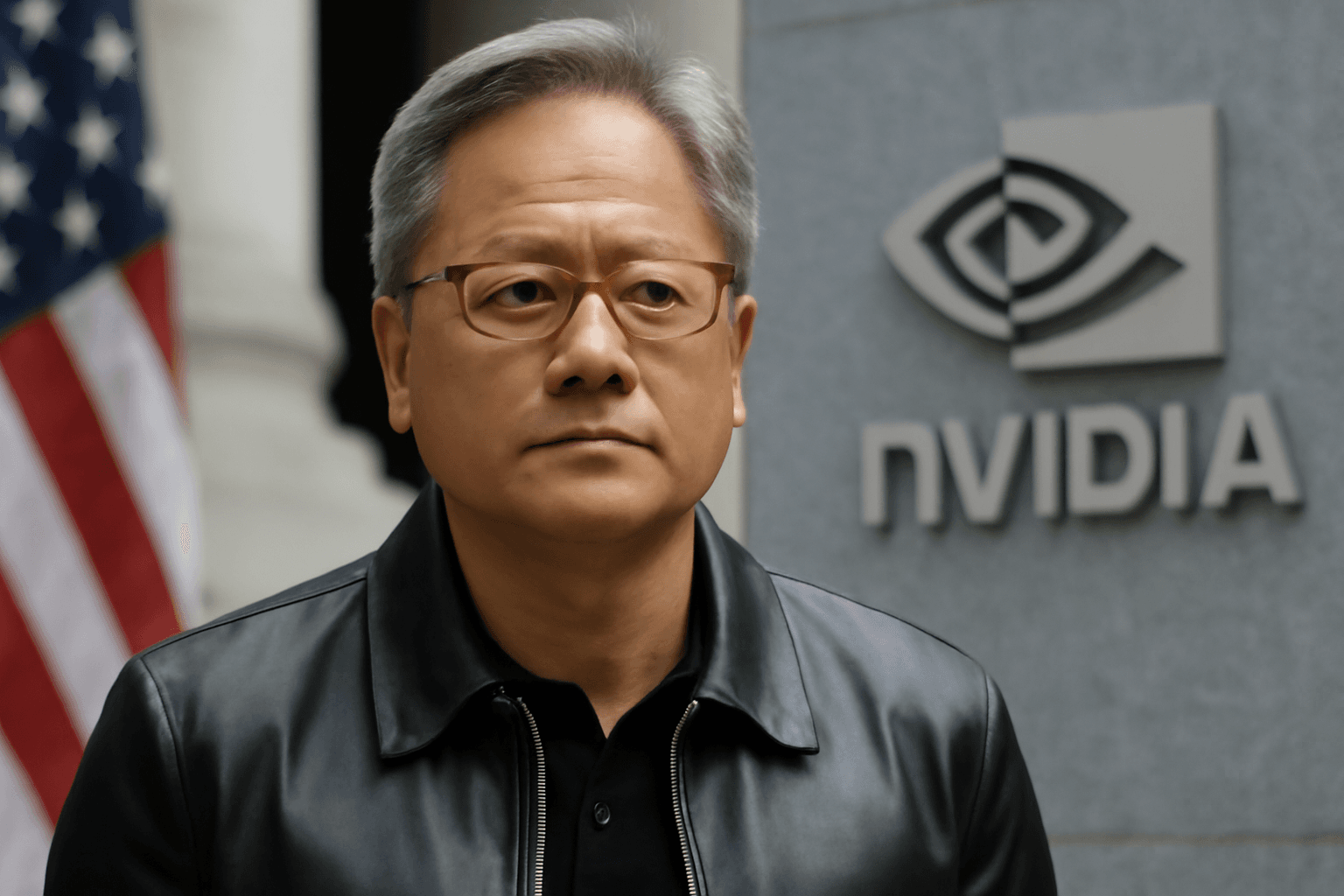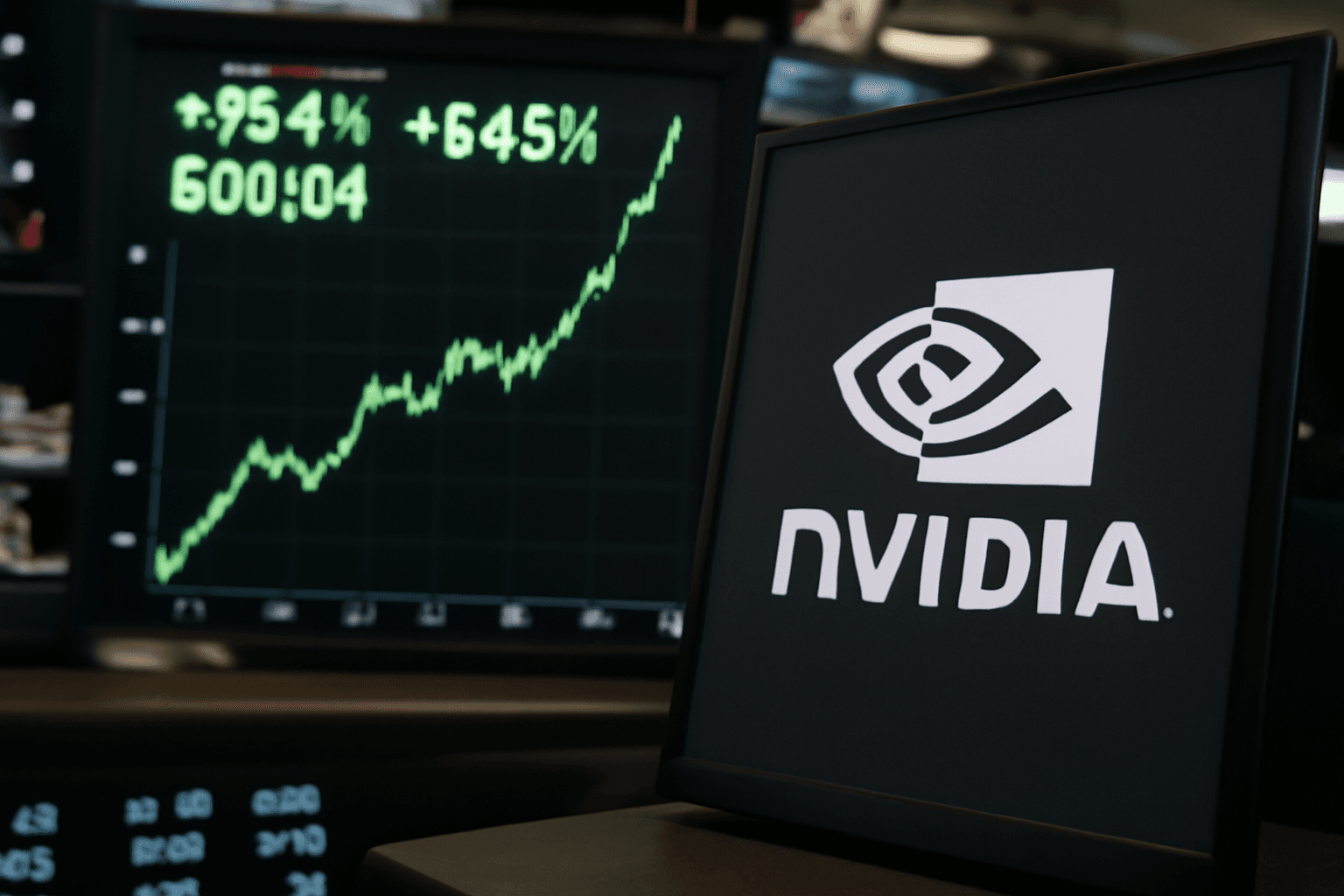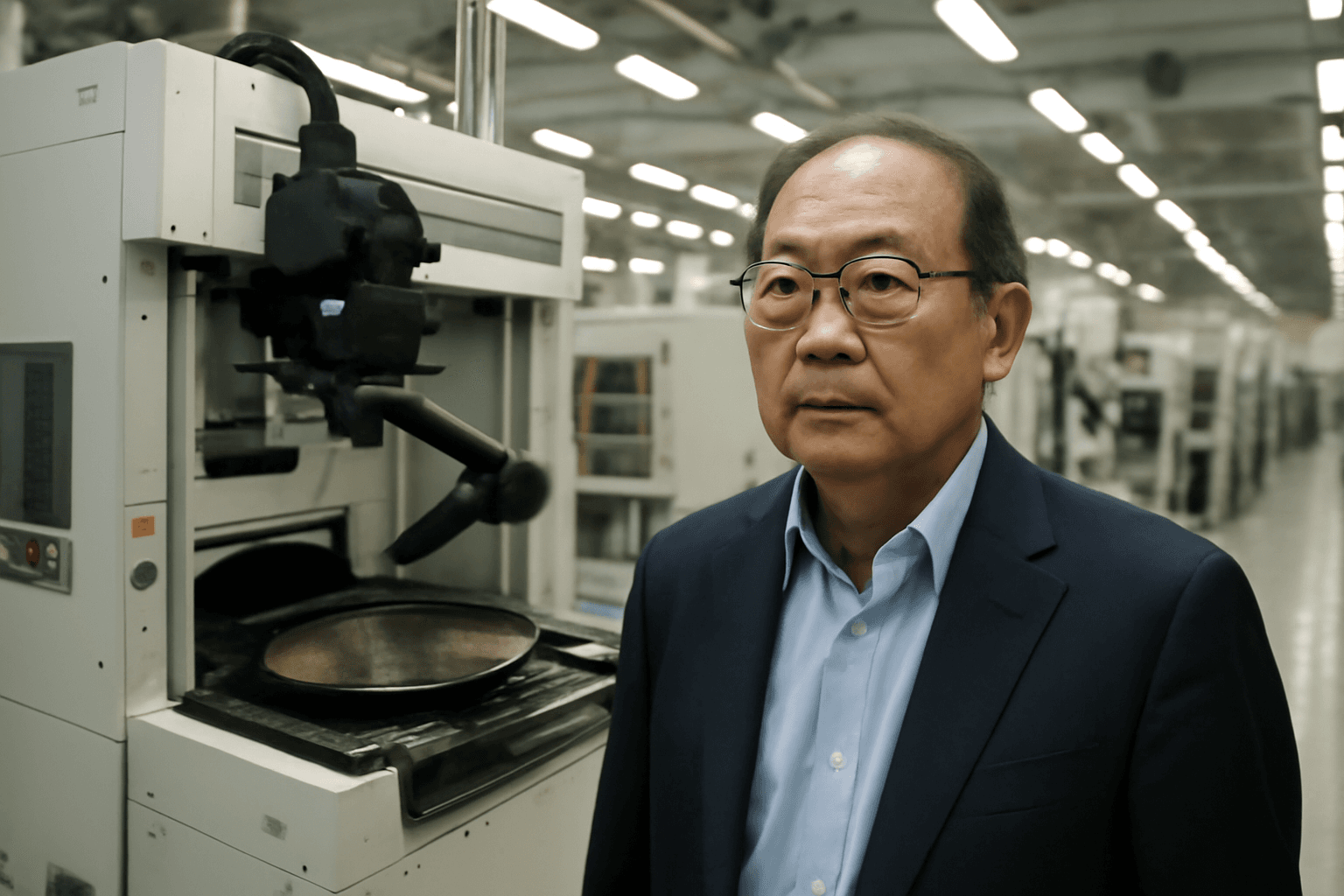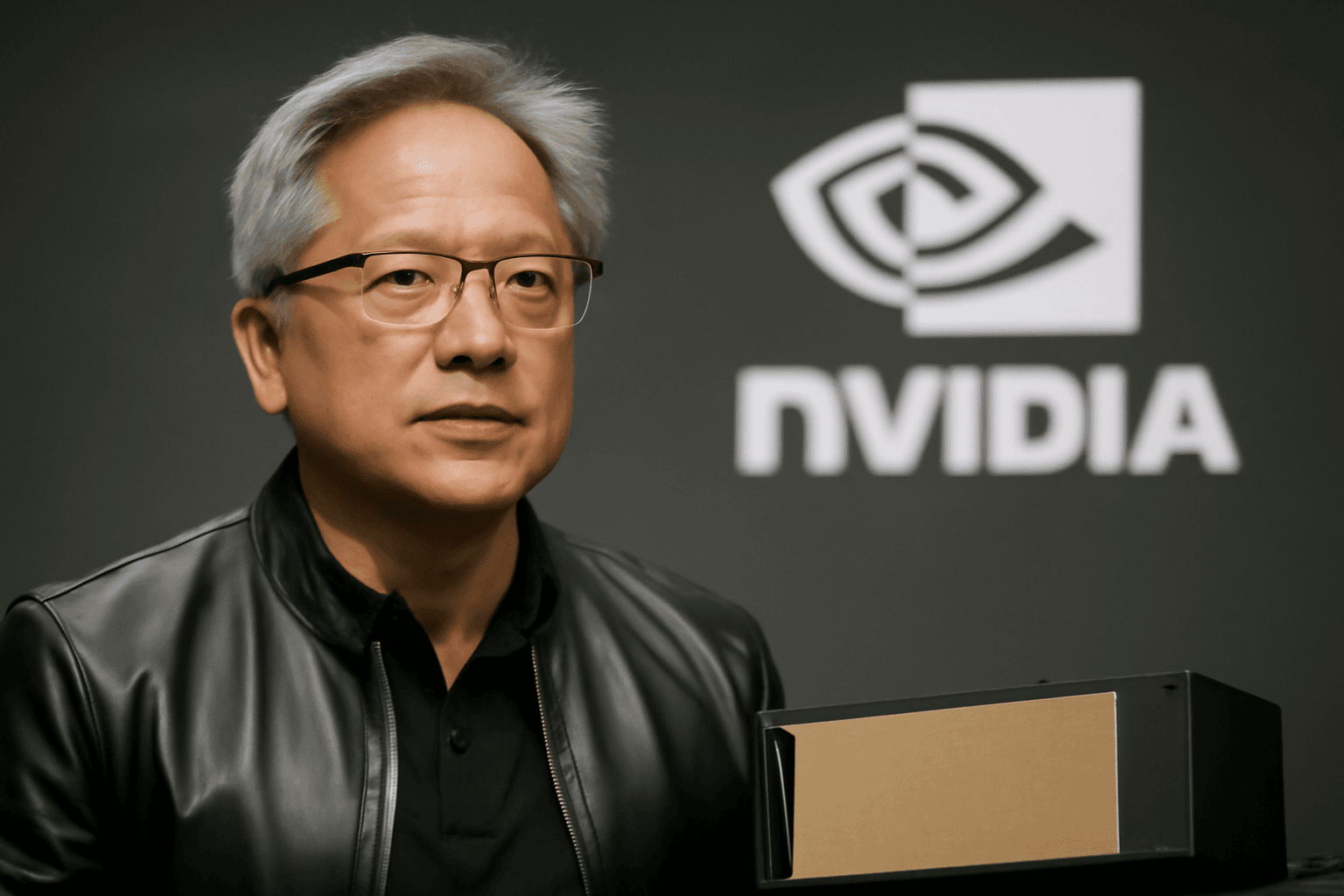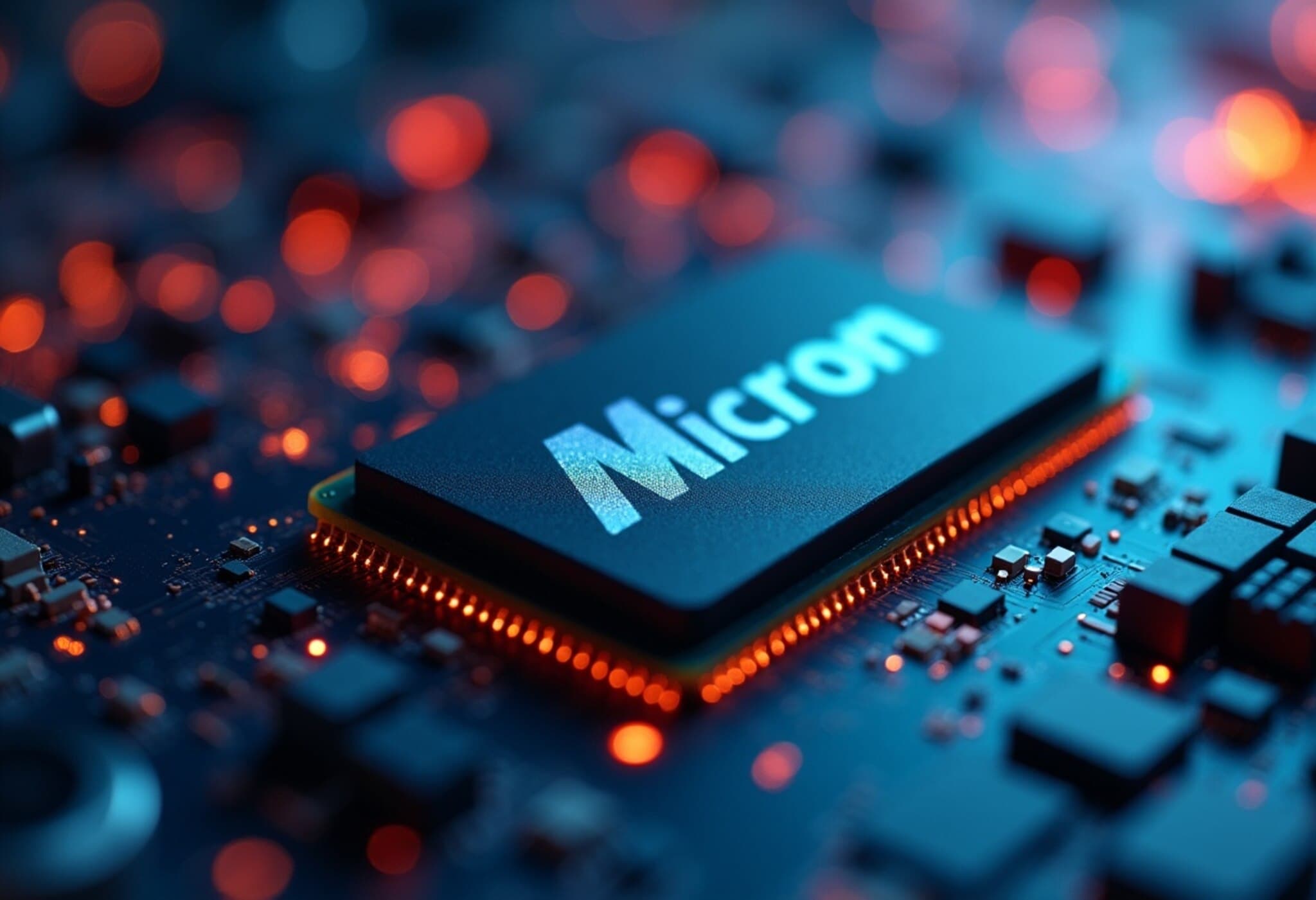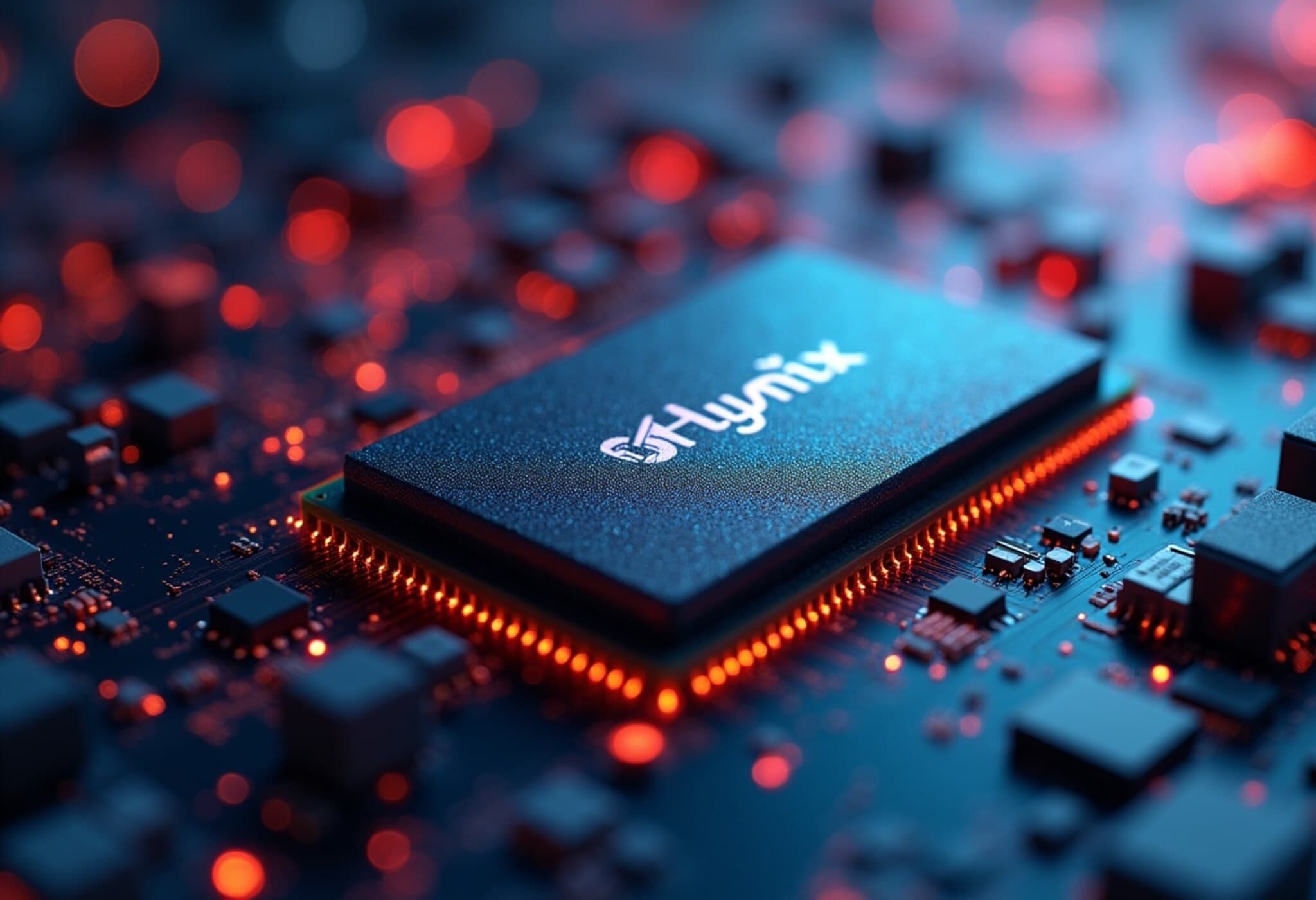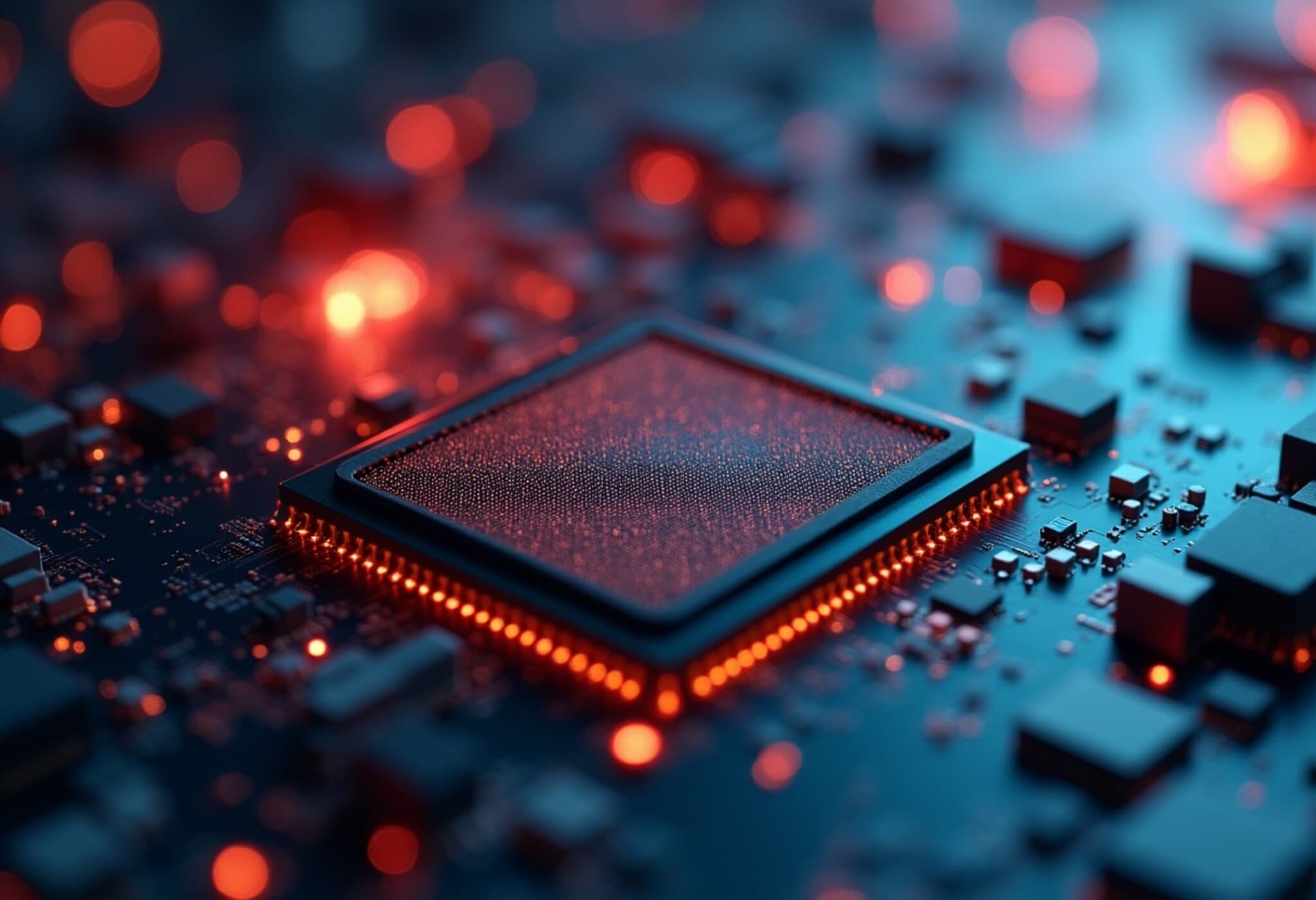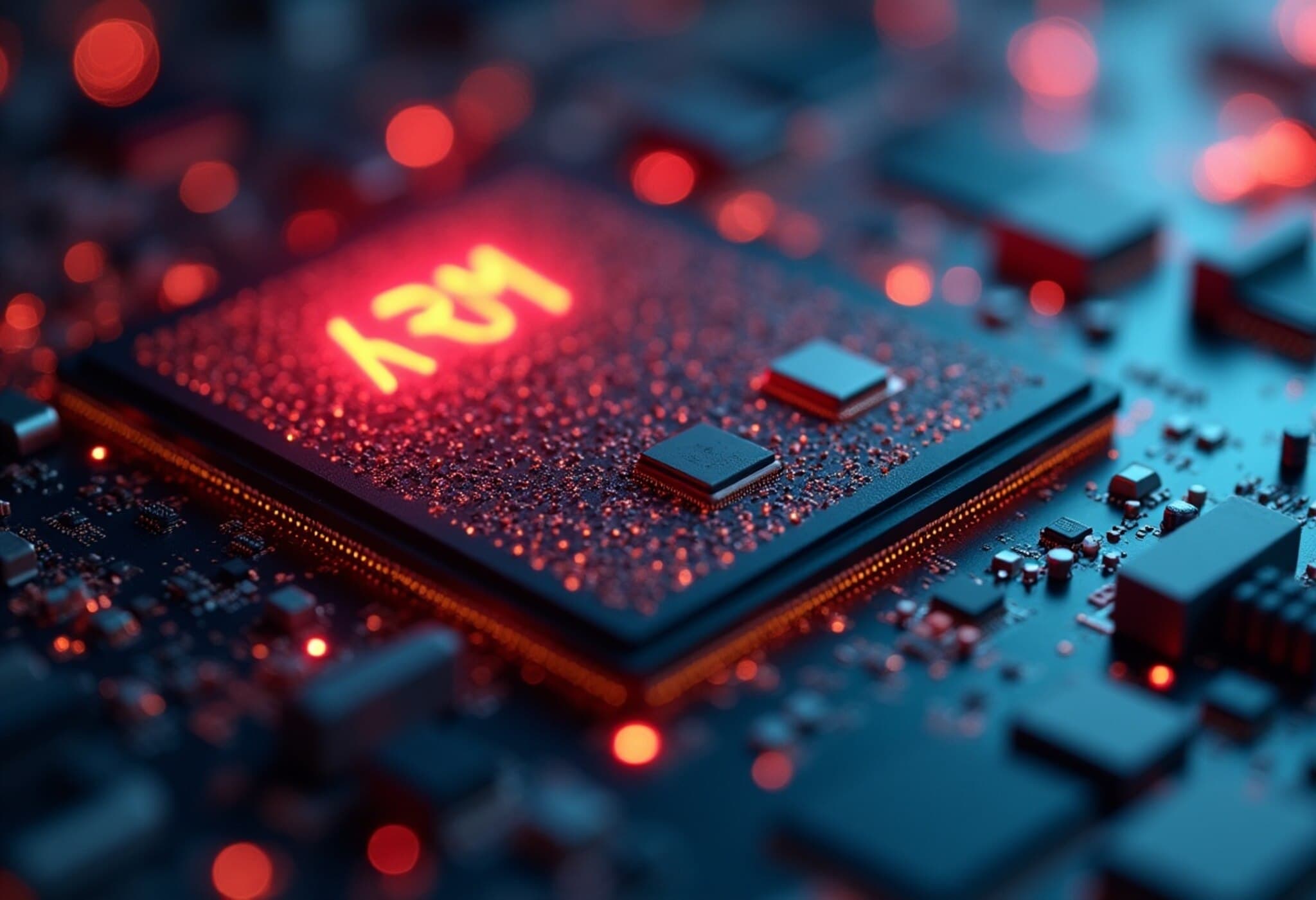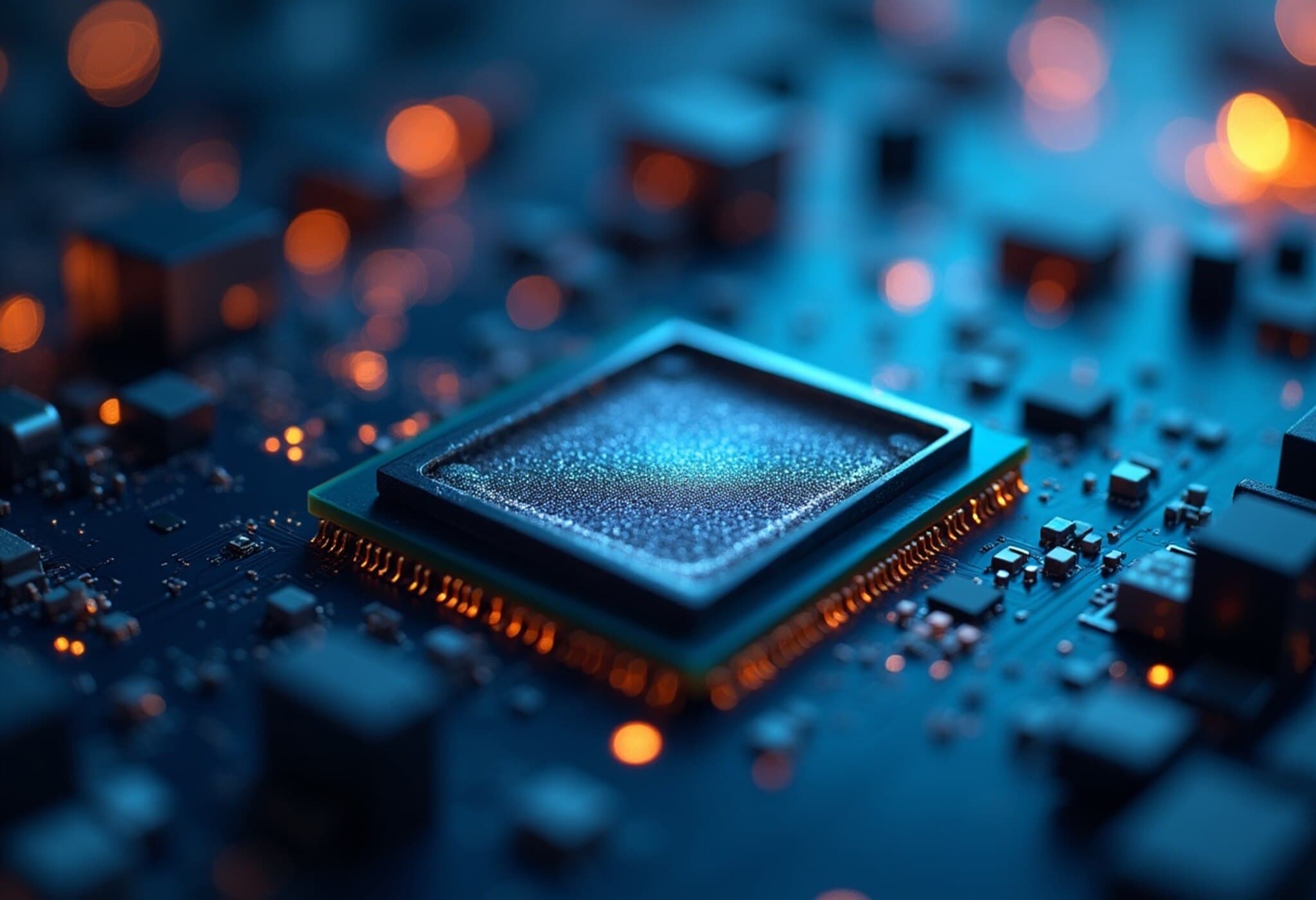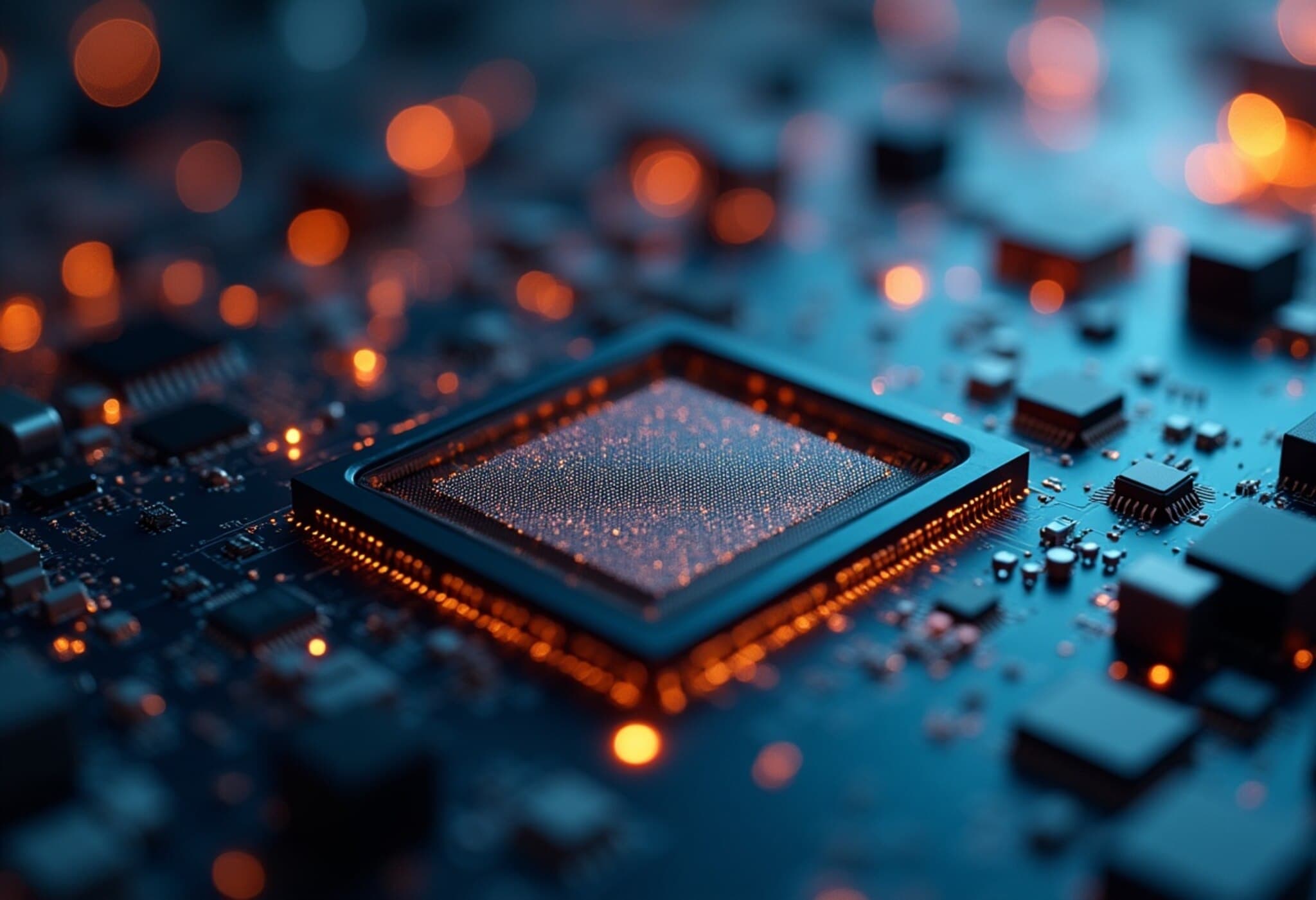Intel Outperforms Revenue Forecasts as CEO Lip-Bu Tan Implements Strategic Overhaul
Intel Corporation revealed its second-quarter 2025 financial results, surpassing Wall Street revenue expectations despite reporting a net loss. The tech giant’s fresh leadership under CEO Lip-Bu Tan is steering the company through a pivotal restructuring phase, with significant cuts in foundry investments and workforce reductions aimed at regaining competitiveness in a challenging semiconductor market.
Financial Highlights: Beating Revenue, Bearing Losses
- Revenue: $12.86 billion, exceeding the $11.92 billion consensus estimate.
- Adjusted Earnings per Share (EPS): Loss of 10 cents, reflecting an $800 million impairment charge linked to excess, unusable tools.
- Net Loss: $2.9 billion (67 cents per share), widened compared to last year’s $1.61 billion loss.
Looking ahead, Intel forecasts third-quarter revenue of approximately $13.1 billion—above analyst estimates of $12.65 billion—and anticipates breaking even on earnings, signaling potential stabilization.
CEO Lip-Bu Tan’s Vision: Pragmatism Amid Industry Headwinds
Since taking the reins in March 2025, Lip-Bu Tan has embarked on an assertive plan to trim bureaucracy, streamline operations, and cut costs. In a poignant memo to employees, Tan acknowledged the difficulties faced during the initial months, emphasizing that “there are no more blank checks” for investments.
The memo revealed key strategic moves:
- A 15% reduction in global workforce, aiming to end the year with around 75,000 employees.
- Cancellation of fab construction projects in Germany and Poland.
- Consolidation of testing and assembly operations in Southeast Asia.
- Slowing the pace of the $20+ billion Ohio chip factory build-out, contingent on securing major customers.
Tan criticized previous approaches, explaining the company had invested “too much, too soon,” leading to an overextended and underutilized manufacturing footprint. His commitment to financial discipline signals a shift toward demand-driven growth.
Foundry Business: A Costly Challenge
Intel’s foundry division, which manufactures chips for external clients, remains a financial drag, posting a $3.17 billion operating loss on $4.4 billion in revenue for the quarter. The division struggles to attract anchor customers, a vital factor for its sustainability.
Industry analysts note that Intel’s shift from ambitious capacity expansion to careful customer-validated investments aligns with broader semiconductor trends where market saturation and supply gluts have pressured margins.
Core Segments: Mixed Performance Amid Market Pressures
- Client Computing: Revenue dipped slightly by 3% to $7.9 billion, reflecting the ongoing softness in PC demand.
- Data Center Group: Revenue grew 4% to $3.9 billion, buoyed partially by AI chip sales; however, competition from AMD and Nvidia has eroded Intel’s market share.
Tan reinforced the company’s intention to reclaim leadership in data center chips, signaling potential new product innovation pipelines and corporate restructuring within the business unit.
Leadership and Product Oversight Tightened
Notably, Tan declared he will personally approve every chip design before tape-out—an exacting move that underscores his hands-on leadership style and desire to curb costly missteps.
Analyst Insights and Industry Perspective
The semiconductor sector faces a complex landscape marked by cyclical demand fluctuations, geopolitical tensions affecting supply chains, and accelerating AI-driven computing needs.
Intel’s course correction under Tan mirrors a growing industry trend toward capital discipline and customer-centric innovation. However, the company’s past overexpansion and recent financial bruises highlight the challenges legacy manufacturers face in adapting swiftly to rapidly evolving market demands.
From a U.S. policy standpoint, Intel’s investments in domestic fab capacity align with national priorities to secure semiconductor supply chains. Still, the tempered pace and project consolidations demonstrate a nuanced balance between government incentives and market realities.
What’s Next for Intel?
With no more “blank checks” for unchecked spending, Intel’s future hinges on its ability to nurture customer partnerships, optimize operational efficiency, and deliver competitive products—particularly in high-growth segments like AI and data centers.
Investors will be watching closely whether Tan’s pragmatic approach translates into sustained profitability and growth, or if Intel’s struggles signal deeper industry shifts favoring newer entrants and fabless rivals.
Editor's Note
Intel’s latest quarterly report reveals a company at a crossroads. CEO Lip-Bu Tan’s decisive spending cuts and workforce realignment resonate as a return to financial discipline after years of aggressive expansion. Yet, the semiconductor industry’s rapid evolution raises critical questions: Can Intel realign its vast resources quickly enough to reclaim market leadership? How will global supply chain complexities and escalating R&D demands shape its trajectory? As Intel charts a cautious, demand-driven path forward, stakeholders must weigh the risks and opportunities inherent in one of technology’s foundational pillars.

